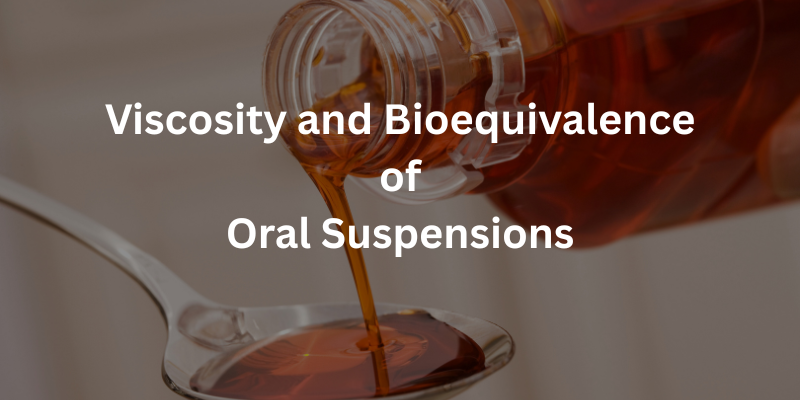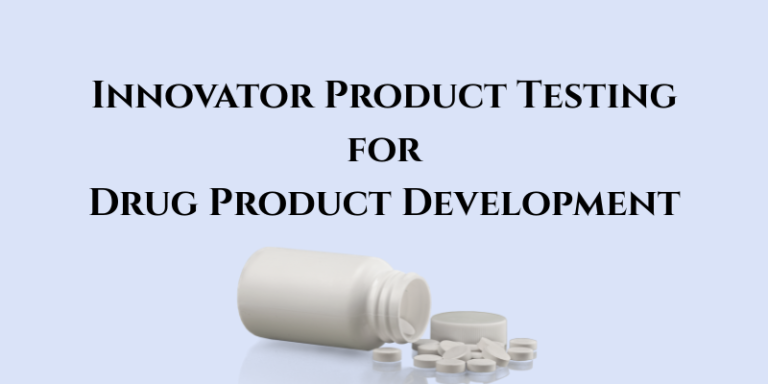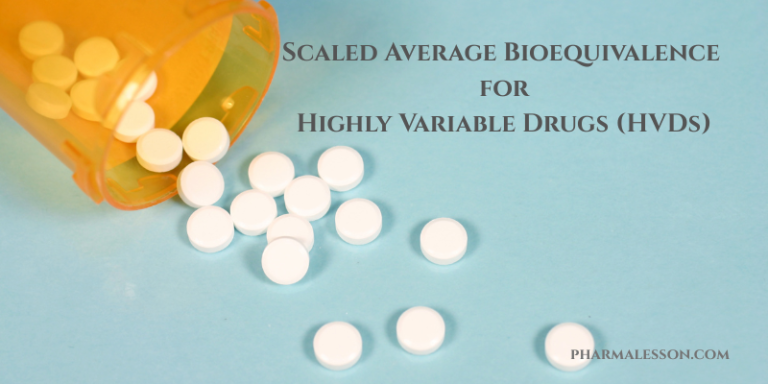Viscosity and Bioequivalence of Oral Suspensions
Viscosity plays a particularly critical role—especially when the goal is to demonstrate bioequivalence (BE) with a Reference Listed Drug
Key functions of viscosity in suspensions:
- Dose Uniformity:
Suspensions are inherently prone to sedimentation. A well-optimized viscosity helps keep drug particles uniformly dispersed during storage and between doses, ensuring each administered dose contains a consistent amount of active pharmaceutical ingredient (API). - Stability and Redispersibility:
Proper viscosity slows down sedimentation and prevents phase separation. It ensures that the formulation remains stable throughout its shelf life and can be redispersed uniformly upon shaking—a requirement for accurate dosing and BE compliance. - Impact on Gastric Transit and Absorption:
The viscosity of a suspension can influence gastric emptying time and, consequently, the pharmacokinetics of the drug. In particular, Tmax and Cmax—critical endpoints in BE studies—can be affected by how quickly or slowly the formulation leaves the stomach.
Bioequivalence Considerations
BE studies are conducted to ensure that the rate and extent of drug absorption from a generic product are comparable to that of the RLD. For BCS Class II and IV drugs (low solubility), in vivo BE studies are generally required, and the formulation’s physical attributes—like viscosity—can influence in vivo performance.
Key points:
- If a suspension’s viscosity is significantly different from the RLD, it may delay or accelerate drug absorption, altering pharmacokinetic profiles and jeopardizing BE outcomes.
- Viscosity variability during manufacturing or over the product’s shelf life can lead to dose variability, potentially requiring reformulation or repeat BE studies.
Regulatory Expectations
USFDA, EMA, and MHRA, require thorough characterization of physical attributes for suspensions submitted as generic products.
Specifically:
- Q3 similarity must be demonstrated, including comparable viscosity profiles
- The target viscosity range must be scientifically justified and supported by data from development, scale-up, and stability batches.
- Any viscosity drift during storage must be investigated, justified, and mitigated via formulation or packaging changes.
Formulator’s Perspective: Designing for Success
To achieve BE, formulation scientists should:
- Benchmark RLD viscosity using controlled shear rate rheology to capture real-world flow behavior.
- Select appropriate rheology modifiers (e.g xanthan gum, HPMC) to fine-tune viscosity without impacting drug release.
- Monitor viscosity at multiple development stages: prototype, pilot, exhibit, and commercial-scale batches.
- Align viscosity behavior with delivery device (oral syringe, spoon, bottle) for smooth administration.
Read also:
- SUPAC Guidance on Qualitative Changes in Excipients
- Regulatory Strategies for Excipient Grade Changes Across Global Markets
- GMP Requirements for Supplier Qualification
Resource Person: Moinuddin syed. Ph.D, PMP







